Unusual objects of video surveillance: Chernobyl NPP, bitumen, ISS, hamburger and others
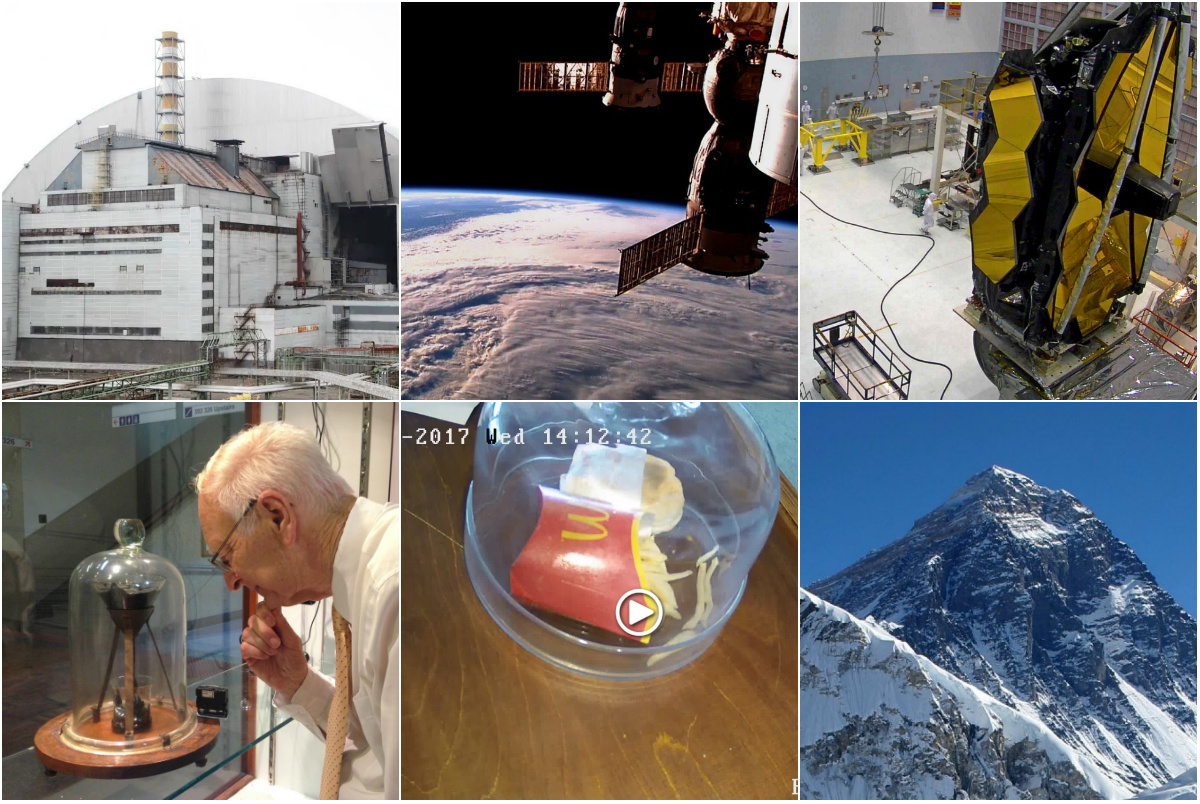
We recently created a “ Solutions ” page to help new and potential customers deal with Ivideon features and video surveillance prices for specific sites. Earlier, when a person visited our site, he only saw that we were doing some kind of universal video surveillance, which, perhaps, solves his tasks, and perhaps not.
With the advent of “Solutions”, we help the client to see that Ivideon provides a service specifically for its business segment, be it a store, a gas station, a warehouse, a pharmacy, or something else - 26 business objects are represented in total. Yes, the contents of some tabs have common features. And this is reasonable, because for a beauty salon and a pharmacy you can use a similar solution in many respects.
')
In the process of selecting the most popular objects for video surveillance, we remembered many unusual examples - you will be surprised when you find out for what purposes cameras can be used.
Radiation objects

Just yesterday, the Day of the Chernobyl accident was 31 years ago, at 01:23:47, on April 26, 1986, an explosion occurred at the 4th power unit of the Chernobyl nuclear power plant, which completely destroyed the reactor. The link is available round-the-clock broadcast from the camera, aimed at the construction site of the world's largest arched mobile structure, covering the obsolete and crumbling sarcophagus of the Chernobyl nuclear power plant. If the camera does not work, there are alternative broadcasts from different angles.
In 1986, the first Shelter was quickly erected at the accident site. Slowly but surely, the concrete sarcophagus fell into disrepair. On February 12, 2013, several hinged plates collapsed over the machine hall of the power unit, the area of collapse was about 600 m². Such "holes" in the sarcophagus pose a radiation hazard, since radioactive materials still lie beneath its ceilings.
Shelter-2 was started to be built in 2007, and they plan to finish it in November 2017, spending almost $ 2 billion on work. Shelter-2 is a sturdy steel structure with a height of 108 m and a length of 150 m, in which the technological building and auxiliary facilities are located.

Accident at Fukushima-1 NPP in 2011
There are many nuclear power plants in the world, which have cameras with online broadcasting, but the objects that are associated with increased risk attract the most attention. In addition to the Chernobyl nuclear power plant, there is only one as gloomy as the interesting place - Fukushima. Live broadcast from the camera , which from January 9, 2014 shows a general view of the Japanese nuclear power plant.
Space Security Cameras
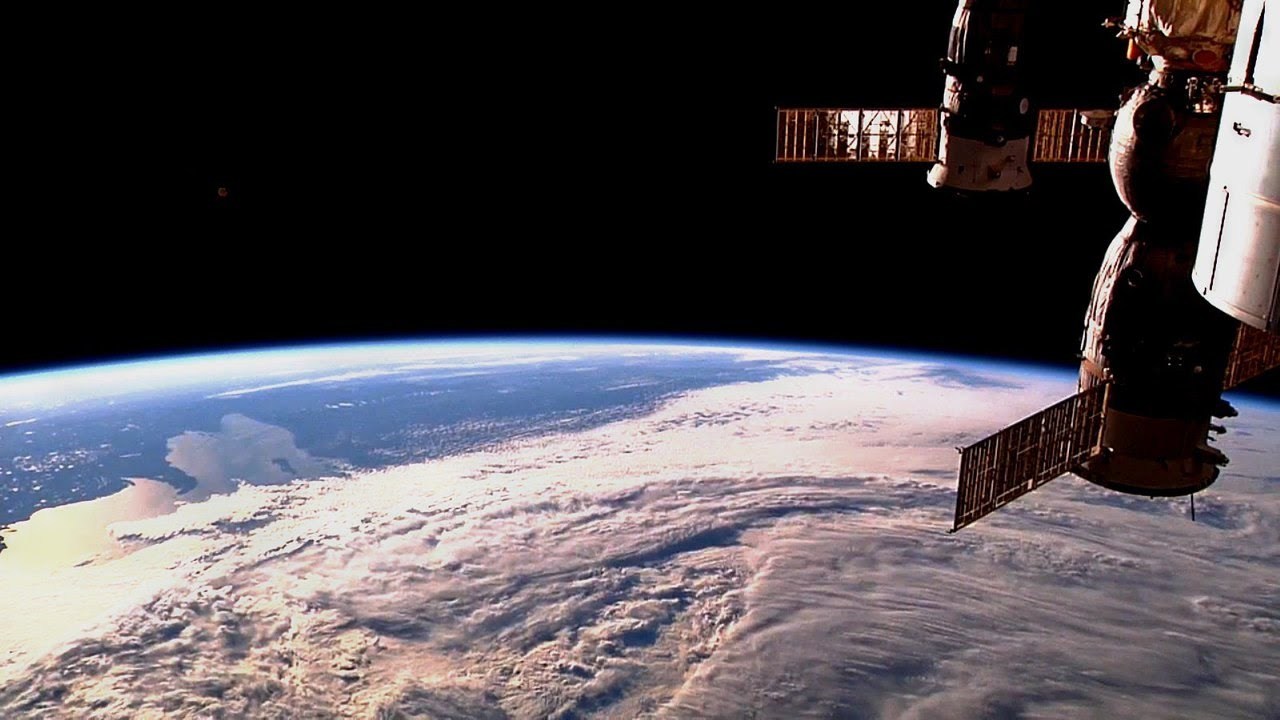
NASA shows Earth from space in real-time using four high-definition security cameras installed outside the International Space Station. This project, known as the HDEV (High Definition Earth Viewing) experiment, aims to test how cameras work in a space environment.
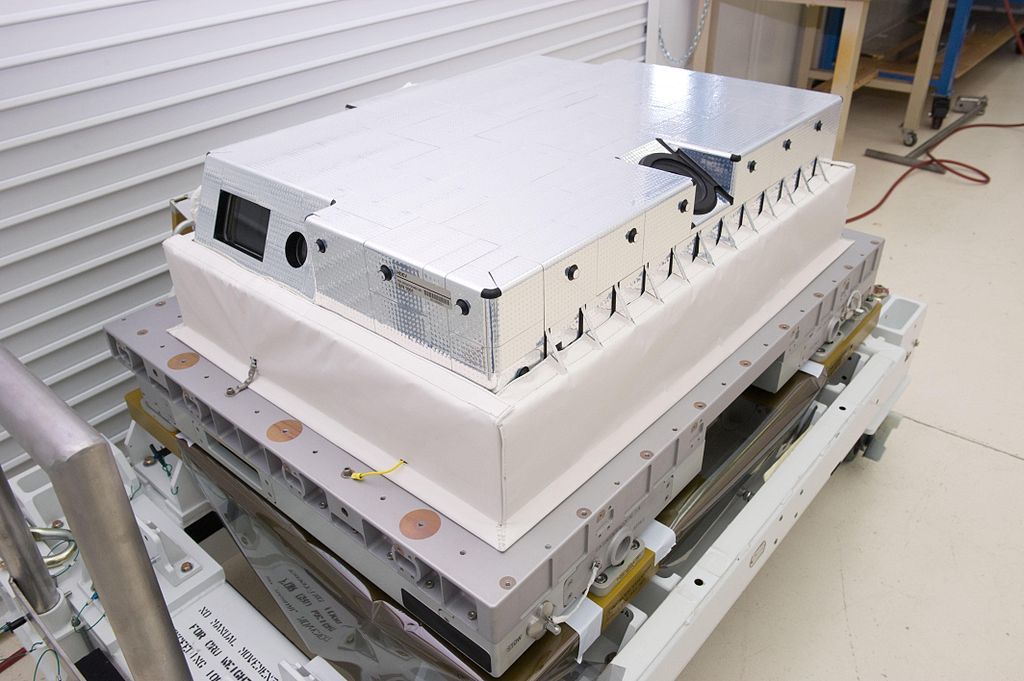
This is what cameras look like. They were delivered to the ISS with the SpaceX CRS-3 mission launched on April 18, 2014
The video surveillance system was designed by engineers at the Johnson Space Center in Houston to help NASA determine which cameras would work best in space during future missions. The cameras are “hidden” in special cases with adjustable temperature and are exposed to hard radiation (it should be noted that the case also provides a minimum level of protection so that the experiment does not finish too quickly).
The main objective of the experiment is to control the speed at which the image quality of HD cameras deteriorates when exposed to the external environment (mainly due to damage from cosmic rays) and to check the effectiveness of the design of the camera body. In just a few years, all information will be available on how chambers survive in an extreme radioactive environment in low-earth orbit.
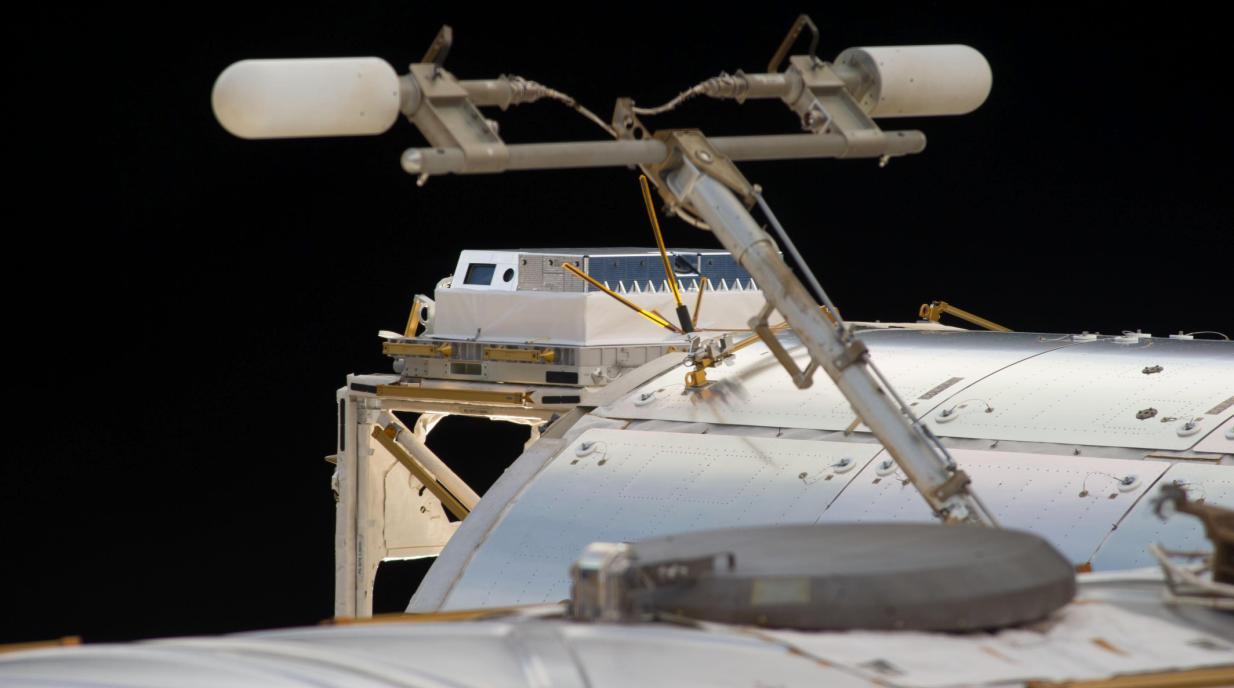
Cameras on the ISS
Four cameras are oriented in different directions relative to the direction of the movement of the ISS: 1 looks forward, 1 looks almost straight down, 2 are turned back - this provides several different viewing angles for the viewer. Cameras do not record video onboard the ISS, but transmit it to Earth in real time.
They are programmed to cycle from one camera to another - i.e. only one camera can work at the same time. With the help of the established recording cycles, it is possible to collect the necessary information for each camera immediately after it is turned off.
Broadcast available here .
You can watch on YouTube
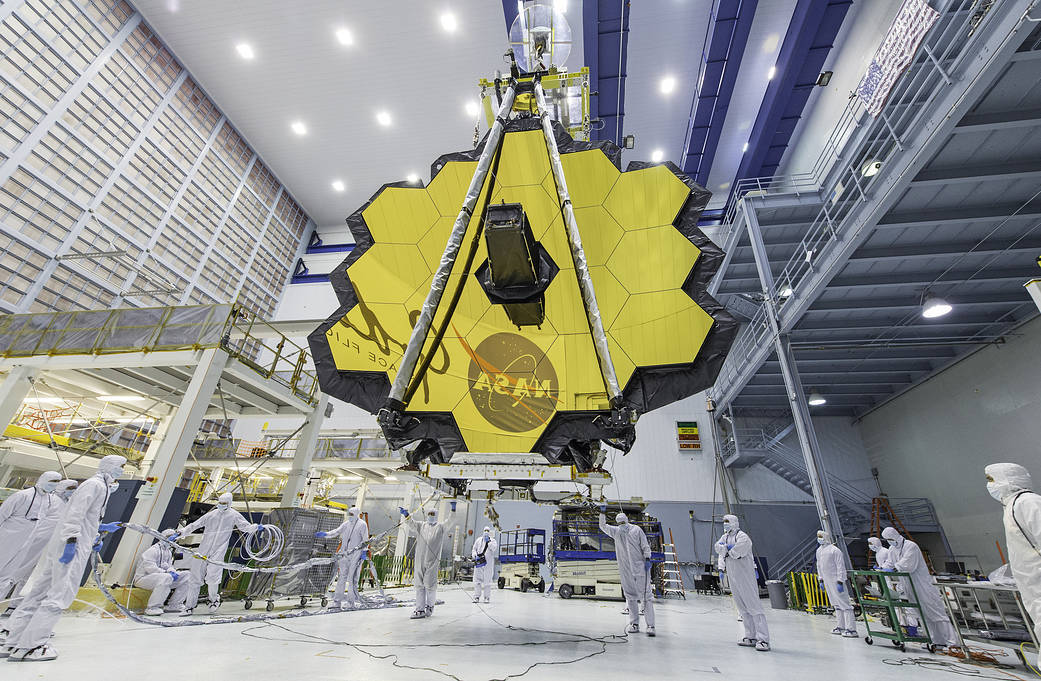
In this photo, NASA specialists raised a telescope with a crane and moved it to a clean room. The golden mirror of the James Webb telescope, assembled from 18 hexagonal segments, is designed to capture infrared light from the first galaxies formed in the early Universe.
The NASA Space Flight Center has two cameras with round-the-clock broadcasts . The image is captured at a frequency of 1 fps and is automatically updated on the screen at the same speed. With the help of cameras, you can still see the assembly stand of the “James Webb” telescope, but soon it must be taken away - the launch is scheduled for next year. At the moment, the project engineers are carrying out sophisticated testing of extremely complex equipment.
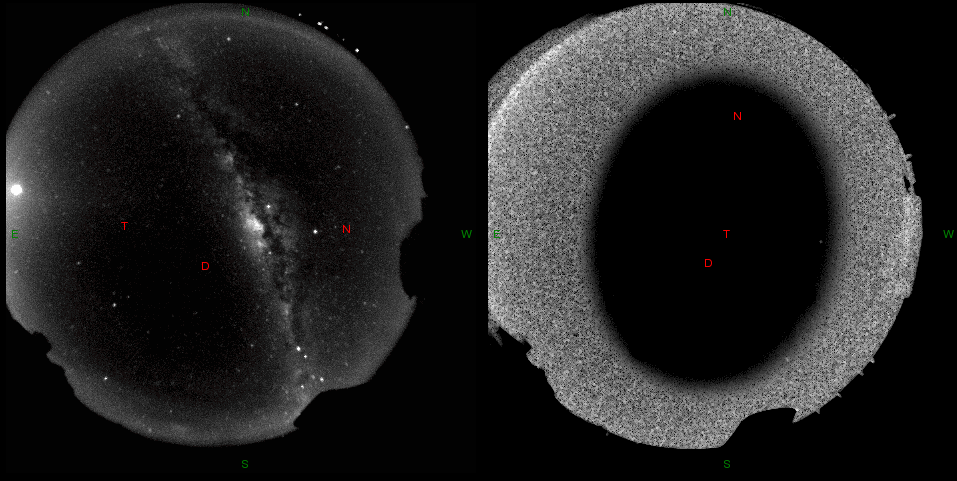
Breathtaking view of the Milky Way, taken from the camera of the observatory of La Silla, Chile.
Cameras follow the longest experiment

Pitch is a solid mass of black, appearing from the distillation of coal, peat, wood tar, as well as petroleum resin (after pyrolysis). Sometimes pitch is called any possible liquid with a high viscosity index (actually solid); most often under the pitch they mean bitumen.
In 1927, the University of Queensland (Australia) decided to clearly demonstrate that some substances that seem solid, in fact, are very high viscosity fluids. The heated sample of pitch was poured into a sealed funnel and left it there for three years. In 1930, the funnel neck was printed out, which allowed the bake to start flowing. The process lasts so far - droplets of the pitch form and fall at intervals of once a decade. It was estimated that pitch has a viscosity of about 230 billion times more than water (water at a temperature of 20 ° C has a viscosity of 0.01002 P, or about 1 centipoise ).

The ninth drop fell April 17, 2014. Since liquid droplets fall extremely rarely, no one has been able to see this process for a long time. The first camera to observe the experiment was installed in the late 90s, but due to a technical failure, the recording of the drop of the 8th drop was not preserved (this is what the absence of cloud-based video surveillance means). At the moment, three cameras are watching the pitch at once. The ninth drop finally hit the video.
After 13 years, the ninth drop collided with the eighth. Fascinating time-lapse containing two years
It is expected that the experiment will last another hundred years. You can follow it through a live broadcast (carefully, you need to register) - sometimes students of the University of Queensland get into the frame, so the spectacle should be a little more interesting than watching paint drying on a wall .
Broadcasting the only remaining hamburger from McDonald's in Iceland
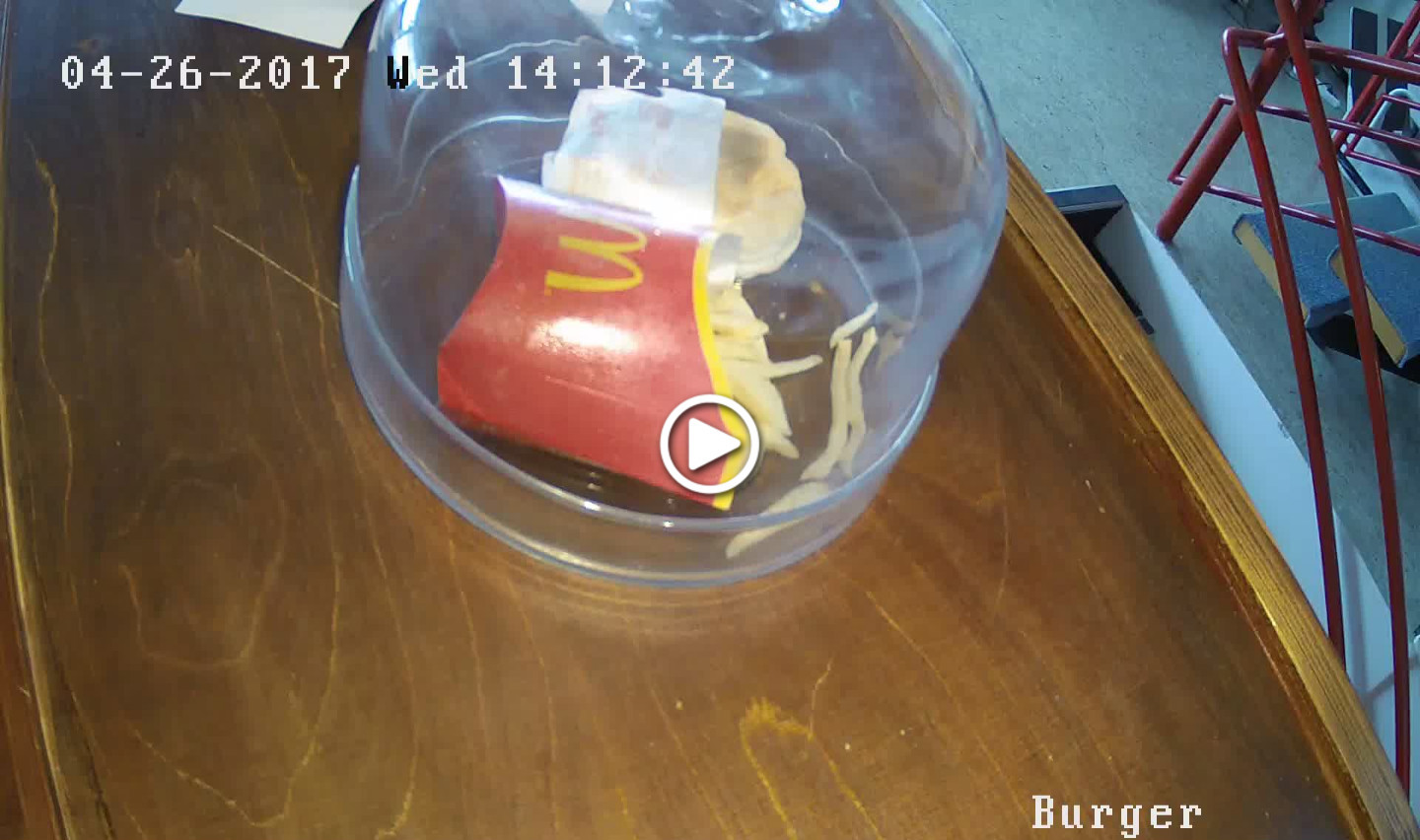
In Iceland, McDonald’s fell victim to the economic crisis: all fast-food restaurants closed in the country in 2009. The day before the closing of the last "poppy" Hjörtur Smárason bought a hamburger. He decided not to eat it, but to keep it as a keepsake. In the original packaging, the hamburger lay on the garage shelf for 3 years until the owner accidentally discovered it.
And what happened during this time with a loaf and a chop? The answer to this question can now know everyone - with the help of video broadcasting. Over the years, food has changed its home several times, visited the National Museum of Iceland, visited several exhibitions and now lies under the camera lens.
Broadcast on the link .
Why the hamburger during this time did not rot? One theory says that because of the loss of moisture in the bun and the processing of meat.
Broadcast from the bottom
The US National Oceanic and Atmospheric Administration regularly broadcasts from the seabed. In April, a research ship conducts work at a depth of 250 to 6,000 meters near the American islands of Samoa in the southern part of the Pacific Ocean.
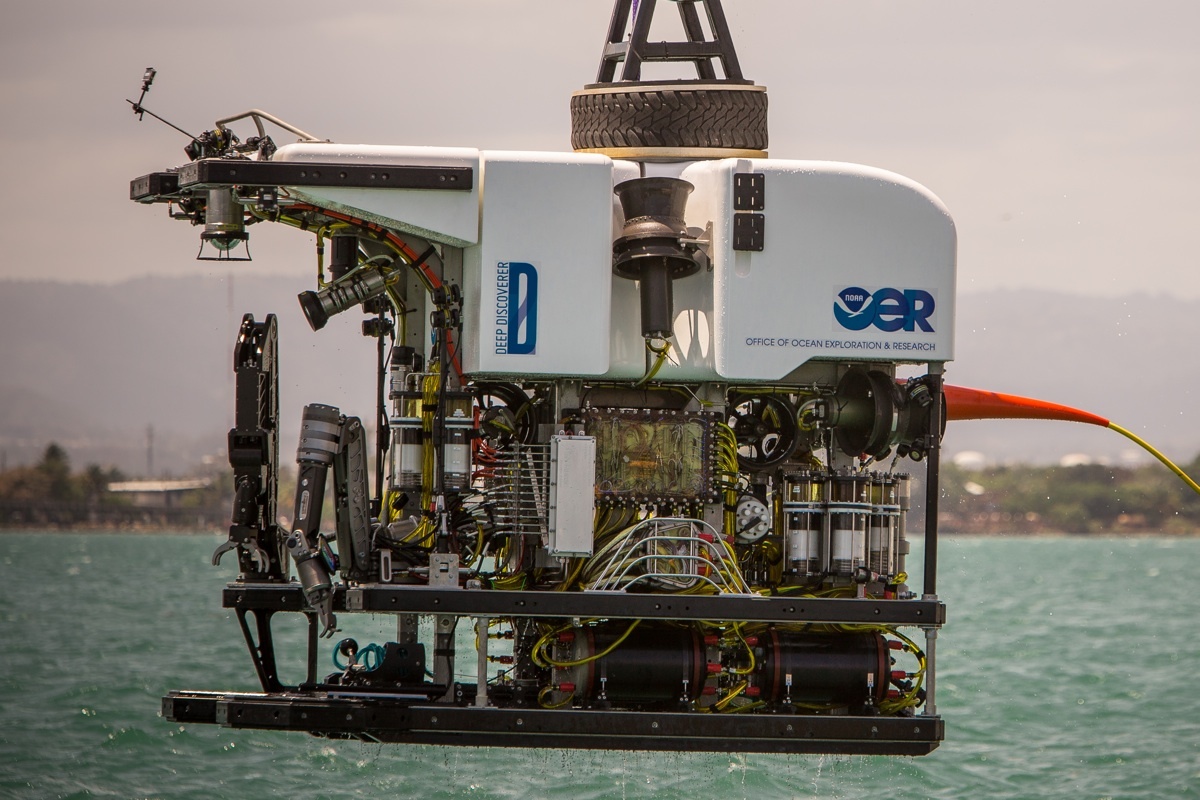
The research ship Okeanos Explorer explores the little-known areas of the deep-water zones of Samoa. The ship has a special remote-controlled robot Deep Discoverer. The robot weighing 4 tons is equipped with 9 external cameras and 20 powerful LED light sources. The design of the device and its systems is so complex that the total length of its entire wiring is more than 900 meters. Previously, Deep Discoverer was used to study the bottom of the Mariana Trench, accompanying the work of streaming from cameras in real time.
If you are simply attracted by the sight of water - see how ocean liners move through the Panama Canal.
Northern Lights

The Canadian Space Agency has installed an AuroraMAX camera to monitor the Northern Lights. Since the polar lights are visible only at night, and they are not always as impressive as we used to see in the pictures, follow AuroraMAX on Twitter to learn about the most appropriate time for observation.
Recently, with the help of cameras in Canada, it was possible to fix a rare atmospheric phenomenon — so rare that until 2017 scientists simply did not know about it. This is a hot stream of rapid gas in the upper atmosphere (see the video above). The air temperature inside the gas stream rises above 3000 degrees Celsius. This beautiful natural phenomenon, 25 kilometers wide, moving at a speed of 10 kilometers per second, lasts about an hour. Scientists believe that the phenomenon occurs due to the collision of solar wind particles with the molecules of the Earth’s atmosphere.
North Pole. South Pole
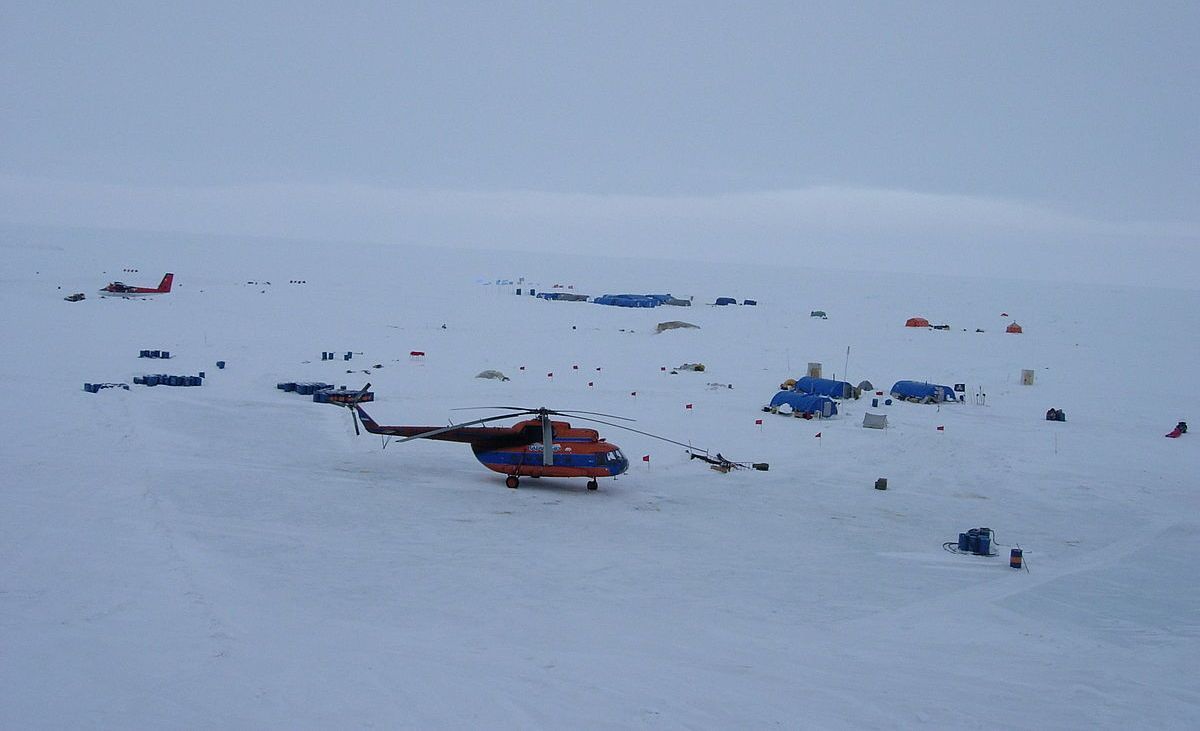
Barneo camp is a drifting ice base in the Arctic, which is annually created under the auspices of the Russian Geographical Society by the Polyus expeditionary center. The drifting camp appears every year just for two months at a distance of about 100 km from the northernmost point of the Earth. Since April 2013, several cameras have been set up in the camp, but this year there is no broadcast. The cameras were installed not only to show camp weather to tourists, but also to control the large ocean buoy Acoustic Ice Tethered Profiler (AITP) - the project allows us to observe the melting of ice during the spring-summer-autumn season.

The Antarctic station "Georg von Neumayer" (Germany) broadcasts a panoramic view using cameras. The camera updates the frame every 10 minutes. The site also posted timelaps showing the image from the camera in the last 24 hours.
Other types of broadcasts
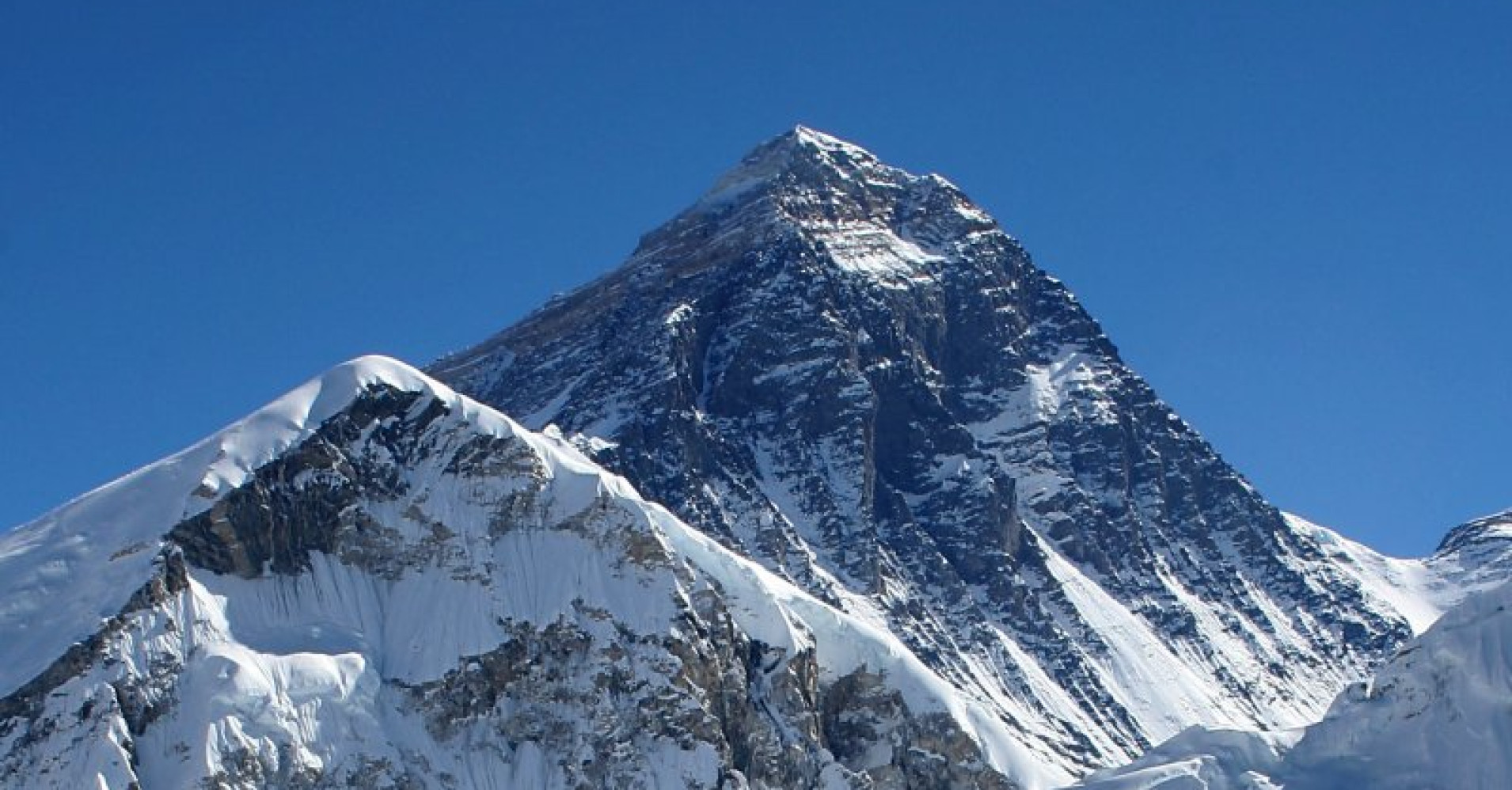
The main camera with a view of Everest, about which all the media wrote in 2011, has not been working for 2 years. There is another broadcast , but less known. On the link you will find a lot of cameras, giving a view of the slopes of various popular mountain climbers around the world.
Now is the time to look at the mountains. In the spring, when most of the climbing expeditions start, excellent visibility and few clouds. But sometimes bad weather happens and the camera transmits a gray screen of dense fog.

The presence of a digital microscope with a camera allows not only to examine various microorganisms, but also to record its research, as well as to broadcast from a world that is not visible to the naked eye. You can live to see life forms hiding in drops of water. The site also demonstrates the device of different types of modern microscopes for any scientific and amateur tasks.

The oldest broadcast of a scientific experiment on the Internet - since 1993, show giant Madagascar effervescent cockroaches living at the University of South Carolina.
Sometimes surveillance cameras record something very strange through the Ivideon service. We have a whole video world Ivideon TV - a catalog of cameras from around the world, open to public viewing by users.
Source: https://habr.com/ru/post/403455/
All Articles